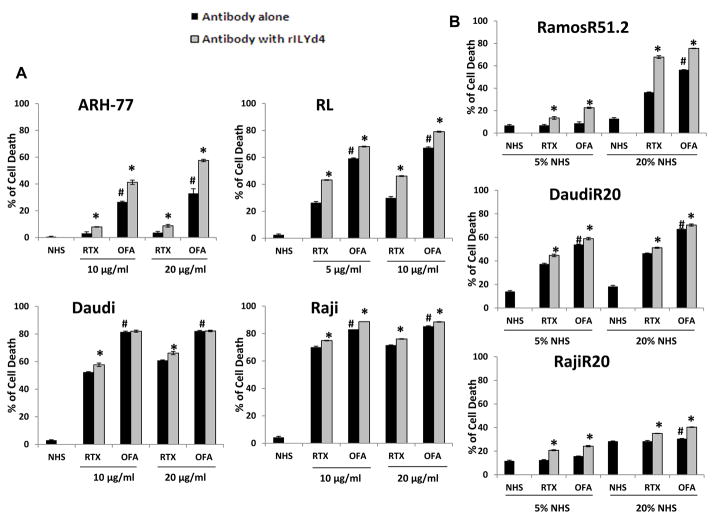Figure 1. rILYd4 effect on B-cell malignancy cell lines and RTX-resistant cell lines.
(A) ARH-77, RL, Daudi and Raji were treated with different concentrations of RTX or OFA with 20% NHS (for ARH-77 and RL) or 5% NHS (for Daudi and Raji) in the absence or presence of 1074 nM rILYd4. (B) RamosR51.2, DaudiR20 and RajiR20 were treated with 10 μg/ml RTX or OFA together with 5% or 20% NHS in the absence or presence of 1074nM rILYd4. (A-B) Cells were incubated at 37 °C for 2 hours. Cell viability was assessed by flow cytometry. Result are mean ± SD of three different experiments. *: P < 0.01 v.s. no rILYd4 treatment, #: P<0.01 v.s. RTX.

